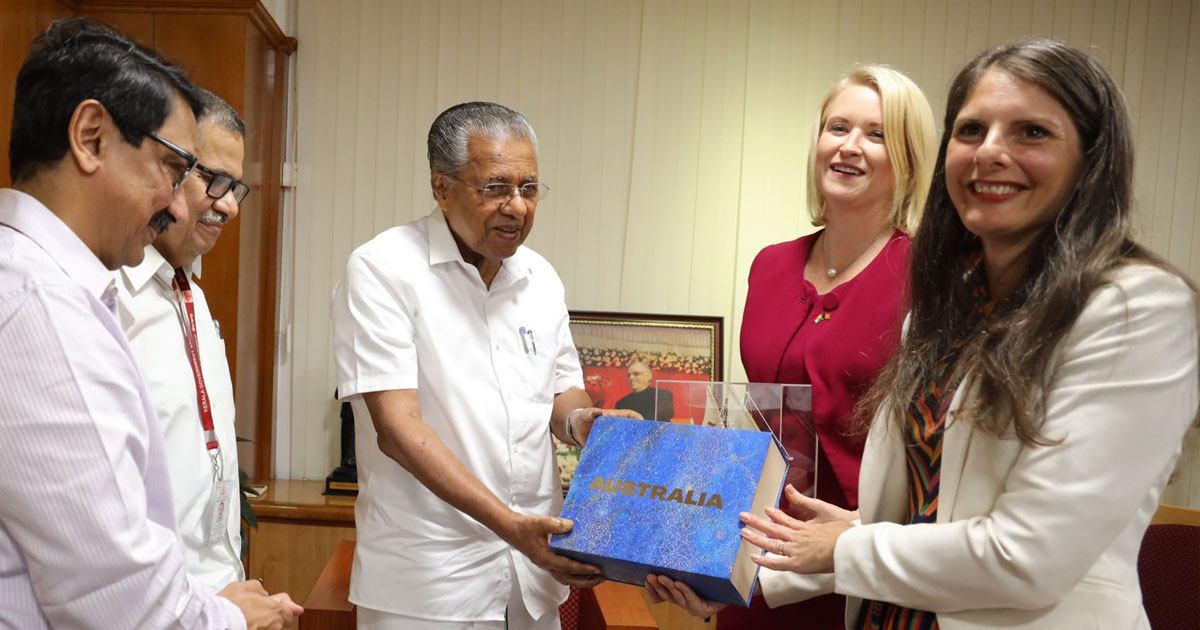This year’s Nobel Prize in Chemistry was awarded to Moungi G Bawendi, Louis E Brus, and Alexei I Ekimov on 4th October 2023, for the discovery and synthesis of quantum dots, popularly used in light-emitting diode or LED lights.
What are Quantum Dots?
Quantum dots are very small particles, typically measuring only a few nanometers in diameter. What sets them apart are their distinctive optical qualities, which emerge from their tiny dimensions. Even though their atomic makeup remains the same as larger materials, quantum dots attributes can be modified by changing their size. A quantum dot can contain few thousands of atom.
At the nanometer scale, these particles display characteristics that are dependent on their size and are influenced by quantum forces, which contrast with the principles of macroscopic physics that are predominantly guided by gravity.

What Have The Scientists Done?
In the early 1980s, Dr. Ekimov played a pivotal role in pioneering the development of size-dependent quantum effects in colored glass. Dr.Brus did the same for producing similar crystals in liquid solution instead of glass.
Confirming their capacity to emit light of different colors depending on their size was an achievement for both methods. These crystals had the ability to emit light of different colors depending on their size, the experiments were a success. However, they hit a wall when high-quality quantum dots could not be produced consistently.
This challenge was overcome in 1993 when Dr. Bawendi and his research team pioneered a method for producing properly defined quantum dots characterized by exceptional optical properties. Their experiments produced quantum dots with a sleek and uniform external surface, rendering them suitable for a diverse array of applications.
What is the Concept?
The discovery of quantum dots and the ability to synthesize such materials with high accuracy but relatively simple chemical methods is an important step in the development of nanoscience and nanotechnology.
To put out simply, every element has certain unique characteristics primarily due to the arrangement of electrons. As Bill Bryson once told in his book, A Short History of Nearly Everything, “Proton gives an atom its identity and electrons it’s personality”. Now every pure element exhibits exactly the same properties, for example, if you take 1 kilogram or 1 gram or even 1 milligram of silver, every piece of it will show the same properties.
However, it was found through research later, that extremely minute particles, falling within the Nanoscale, have been observed to exhibit subtle variations in behavior compared to larger particles composed of the same element, this happens because of quantum effects. Nanoparticles range within 1 to 100 billionth of a meter and are much bigger in size than atoms, and a nanoparticle can contain millions of atoms within it.


A quantum dot has a few thousand atoms within it, now when these atoms are so closely and densely packed in a nano-particle, their electrons come quite close to each other and quantum principles come into force effecting their behavior so much so, that they can mimic the behavior of an atom. Like when some light is shined on a quantum dot it will absorb and re-emit the light at a different frequency or color, just like some atoms. The smaller the dots, the higher the frequency of light they emit and vice-versa. Also, the quantum dots of different materials behave differently, which makes this research widely applicable in the fields of electronics, medical and quantum computing.
What Is The Practical Implication Of Their Work?
These technologies have the potential to transform various industries and research endeavors, spanning from enhancing information security to advancing the quest for innovative materials and chemicals, as well as refining sensor measurements. They could find practical implications in bio-imaging, medicine, surgery, photovoltaic cells, displays, and augmented reality, opening a host of other fields utilizing the research, bringing the greatest benefit to humankind








